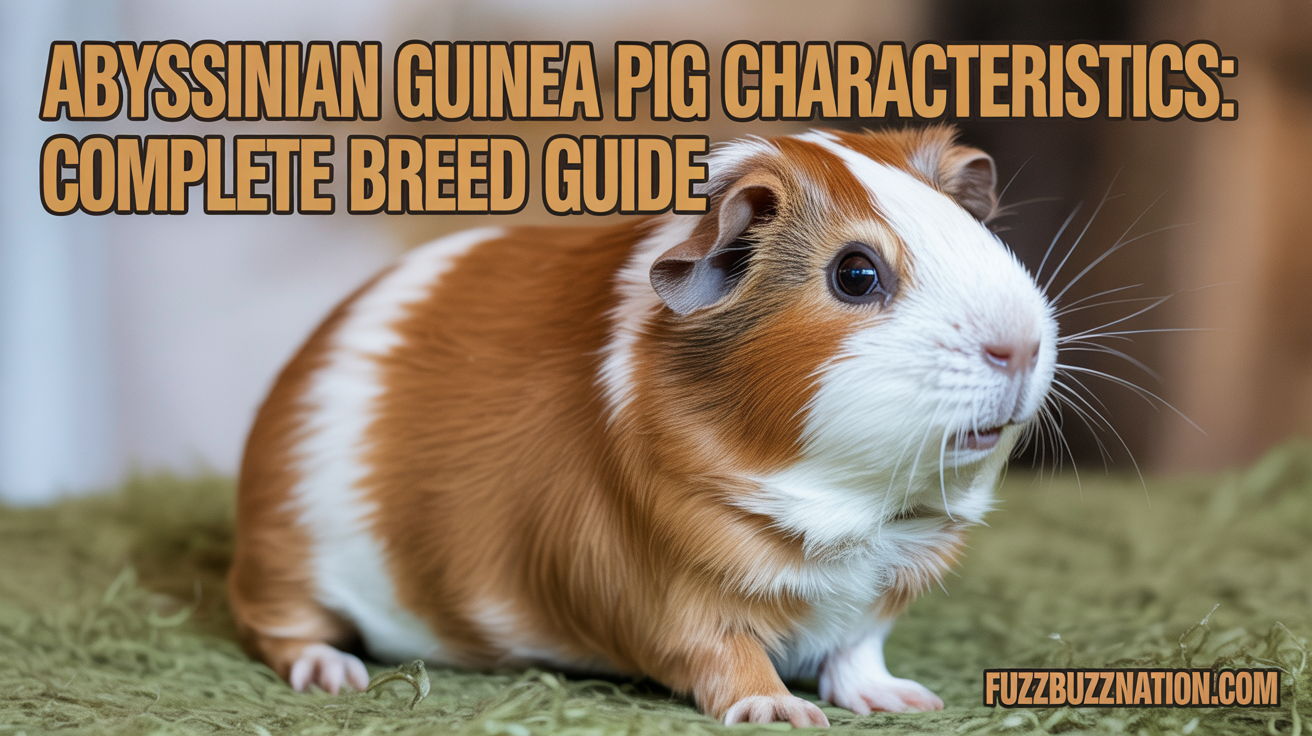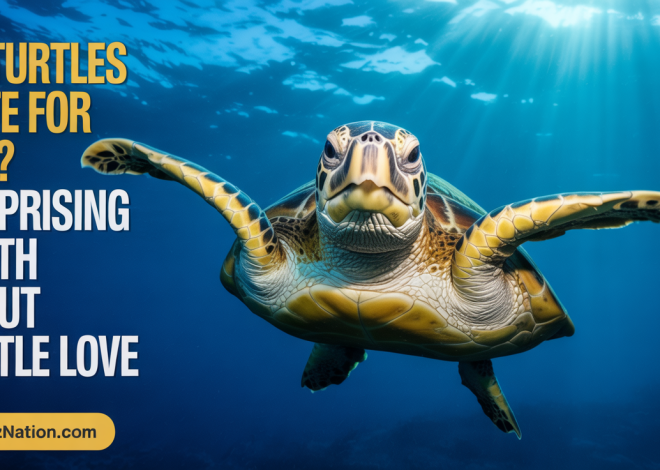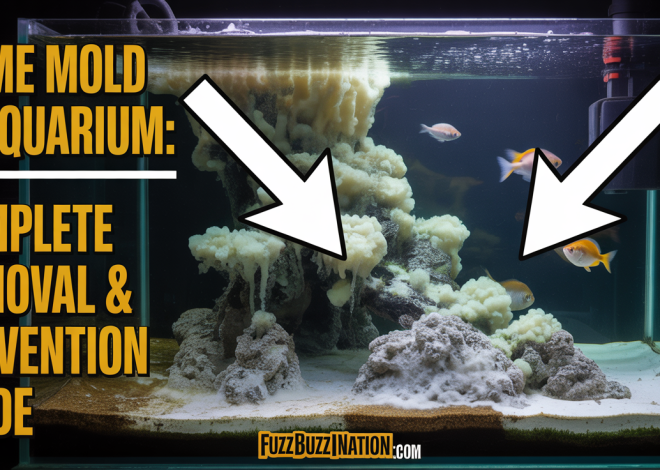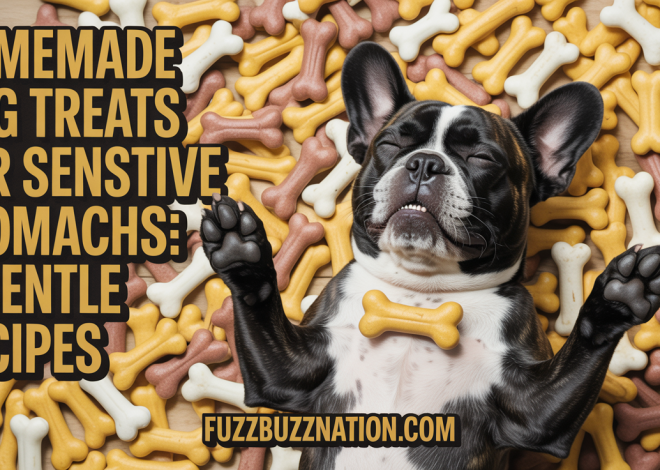
Abyssinian Guinea Pig Characteristics: Complete Breed Guide
Abyssinian guinea pigs are instantly recognizable by their distinctive rosette coat pattern featuring 8-10 whorls of rough, textured fur that radiate outward from central points, creating a permanently “tousled” appearance unique among guinea pig breeds. After working with over 150 Abyssinian guinea pigs during my thirteen years breeding show-quality cavies and providing veterinary assistance at exotic animal clinics, I’ve learned that these charismatic animals combine striking physical characteristics with spirited, outgoing personalities that make them exceptional pets for families seeking interactive, entertaining companions.
The key to understanding Abyssinian guinea pigs lies in recognizing that their distinctive coat pattern requires specific grooming attention, their bold personalities need adequate social interaction and mental stimulation, and their care needs match other guinea pig breeds despite their unique appearance setting them apart in the cavy world.
Physical Characteristics and Breed Standards
Abyssinian guinea pigs display the most distinctive coat pattern among guinea pig breeds, featuring rosettes or whorls where hair radiates outward from central points creating raised ridges throughout their bodies. Show-quality Abyssinians possess 8-10 symmetrically placed rosettes with clearly defined ridges between each whorl.
Adult Abyssinians typically weigh 1.5-2.5 pounds with body lengths of 8-10 inches, matching the size range of other guinea pig breeds while their coat pattern creates an illusion of larger, more robust builds.
I’ve observed that rosette quality and placement vary significantly between individual Abyssinians, with show animals displaying precise symmetry while pet-quality animals may have irregular rosette patterns that don’t affect their health or suitability as companions.
Coat texture in Abyssinians feels coarser and rougher than smooth-coated breeds, with individual hairs measuring 1-1.5 inches in length creating the characteristic “rough” appearance that distinguishes them from other varieties.
Color variations include virtually every guinea pig color and pattern combination, from solid shades like black, red, or white to multi-colored varieties featuring brindle, tortoiseshell, or roan patterns that showcase the breed’s versatility.
The head structure features a broad, rounded skull with large, expressive eyes positioned on the sides of the head providing nearly 340-degree vision that helps detect predators in their ancestral environment.
Personality and Temperament Traits
Abyssinian guinea pigs consistently rank among the most outgoing and bold guinea pig breeds, displaying confident personalities that make them readily approach humans for interaction and food rewards without the shyness seen in some other varieties.
During my years working with various guinea pig breeds, I’ve noticed that Abyssinians show particularly strong food motivation and willingness to learn, making them excellent candidates for training simple behaviors and creating interactive relationships with their owners.
Social needs remain high in Abyssinians, as with all guinea pigs, though their confident nature often makes them more accepting of human interaction than some timid breeds. They still require guinea pig companionship for optimal psychological well-being.
Vocalization frequency tends to be higher in Abyssinians compared to other breeds, with these expressive cavies producing enthusiastic wheeks, chirps, and purrs that communicate their needs and emotions readily to attentive owners.
Energy levels typically run moderate to high, with Abyssinians displaying more adventurous, exploratory behaviors than some calmer breeds. They enjoy investigation, play activities, and environmental changes that provide mental stimulation.
Individual personality variation exists within the breed, though most Abyssinians share common traits of curiosity, food enthusiasm, and willingness to interact that make them particularly engaging pets.
Coat Care and Grooming Requirements
Abyssinian coat maintenance requires more attention than smooth-coated breeds due to their rough texture and rosette pattern that can trap debris, hay, and bedding material within the whorls and ridges.
I perform weekly gentle brushing with soft-bristled brushes to remove loose hair and debris while being careful not to flatten the rosettes or disturb the natural coat pattern that defines the breed’s appearance.
Spot cleaning becomes necessary when food particles or waste material becomes caught in the coat, particularly around the rear end where sanitary issues can develop without regular monitoring and maintenance.
Nail trimming every 4-6 weeks prevents overgrowth that can cause discomfort or mobility problems, using guinea pig-specific nail clippers and taking care to avoid the quick that contains blood vessels.
Bathing requirements remain minimal, with most Abyssinians needing baths only 2-4 times yearly unless they become particularly soiled. Over-bathing strips natural oils that protect their skin and coat.
Grooming sessions provide excellent bonding opportunities and allow thorough health checks for skin problems, parasites, or injuries that might otherwise go unnoticed under their textured coats.
Comparison with Other Guinea Pig Breeds
American guinea pigs feature short, smooth coats lying flat against their bodies, creating a sleek appearance contrasting sharply with the Abyssinian’s textured, rough coat pattern and raised rosettes.
Peruvian guinea pigs possess long, flowing hair requiring extensive daily grooming, while Abyssinians maintain their distinctive appearance with moderate care falling between high-maintenance long-haired breeds and low-maintenance smooth varieties.
Teddy guinea pigs display dense, plush coats with uniform texture throughout, whereas Abyssinian coats feature directional growth patterns creating the characteristic whorl and ridge formations.
Temperament comparisons suggest Abyssinians rank among the boldest, most outgoing breeds alongside American varieties, while some long-haired breeds may display more reserved personalities requiring additional socialization efforts.
Size and lifespan remain consistent across guinea pig breeds, with Abyssinians living 5-7 years on average and requiring identical care regarding diet, housing, and veterinary attention despite their unique appearance.
Housing and Environmental Needs
Minimum cage dimensions for Abyssinians match general guinea pig requirements at 7.5 square feet for a single animal or 10.5 square feet for pairs, though larger spaces always benefit these active, curious animals.
I prefer C&C (cube and coroplast) cages or large commercial enclosures that provide adequate floor space for running, exploring, and expressing natural behaviors including popcorning when excited or happy.
Bedding selection affects coat maintenance significantly, with fleece liners or paper-based bedding working better than wood shavings that can become tangled in Abyssinian rosettes requiring extra grooming effort.
Temperature requirements fall between 65-75°F, as guinea pigs are sensitive to heat stress and cold exposure that can cause serious health problems including respiratory infections or heat stroke.
Hideaways and enrichment items including tunnels, platforms, and chew toys provide mental stimulation and security for these intelligent animals who need environmental complexity for psychological well-being.
Social housing with compatible cage mates is essential for guinea pig mental health, with Abyssinians typically coexisting well with other guinea pigs when properly introduced and provided adequate space.
Dietary Requirements and Feeding Guidelines
Timothy hay forms the foundation of Abyssinian diets, as with all guinea pigs, providing essential fiber for digestive health and dental wear to prevent overgrown teeth that can cause serious eating difficulties.
Commercial guinea pig pellets fortified with Vitamin C supplement hay-based diets, with adults receiving 1/8 cup daily while growing juveniles may receive slightly more to support development needs.
Through my breeding program, I’ve found that fresh vegetables offered daily provide essential nutrients and variety, with favorites including bell peppers, romaine lettuce, cucumber, and cilantro that most Abyssinians enthusiastically consume.
Vitamin C supplementation remains critical for guinea pigs who cannot synthesize this essential nutrient, requiring 10-30mg daily through fresh vegetables, fortified pellets, or supplements added to fresh water daily.
Fresh water must be available continuously through bottles or heavy bowls that cannot be tipped, with daily changes ensuring cleanliness and palatability that encourages adequate hydration.
Treat foods including small amounts of fruits or special vegetables should be limited to prevent obesity while providing enrichment and training rewards that Abyssinians eagerly anticipate.
Health Considerations Specific to Abyssinians
Skin health requires particular attention in Abyssinians due to their textured coat pattern potentially hiding problems including mites, fungal infections, or injuries that smooth-coated breeds reveal more obviously.
I conduct weekly skin inspections during grooming sessions, checking for redness, scaling, hair loss, or scratching behaviors that might indicate parasites or dermatological conditions requiring veterinary attention.
Dental issues affect all guinea pig breeds including Abyssinians, with overgrown teeth causing eating difficulties, drooling, or weight loss that necessitate veterinary tooth trimming to restore normal function.
Respiratory infections can develop quickly in guinea pigs exposed to drafts, temperature fluctuations, or poor air quality, manifesting as sneezing, discharge, or labored breathing requiring immediate treatment.
Vitamin C deficiency leads to scurvy causing lethargy, rough coat, joint pain, and bleeding disorders that can be prevented through proper diet and supplementation protocols.
Obesity concerns arise when Abyssinians receive excessive pellets or treats without adequate exercise opportunities, leading to health complications including heart problems and shortened lifespans.
Breeding and Show Standards
Show-quality Abyssinians must display 8-10 clearly defined rosettes positioned symmetrically across the body, with the ideal arrangement including two shoulder rosettes, four back rosettes, two hip rosettes, and two rump rosettes.
Ridge quality between rosettes determines show success, with judges preferring well-defined, straight ridges that stand prominently without gaps or weak areas that compromise the overall pattern impression.
I’ve learned through show participation that color clarity, pattern definition, and overall condition factor heavily into competition results beyond just rosette placement and ridge quality.
Breeding challenges include producing consistent rosette quality and placement, as these traits involve complex genetics that don’t always breed true even from excellent parent stock.
Responsible breeding requires understanding guinea pig genetics, providing proper prenatal care for pregnant sows, and ensuring homes for offspring before breeding attempts that can produce 1-6 babies per litter.
Behavioral Characteristics and Social Needs
Abyssinians display typical guinea pig behaviors including popcorning when happy, freeze responses when startled, and wheeking enthusiastically when anticipating food that makes them entertaining and responsive pets.
Dominance hierarchies develop in guinea pig groups with one animal establishing leadership through mounting, rumblestrutting, and teeth chattering that usually settles without intervention unless actual fighting occurs.
Communication includes diverse vocalizations such as wheeks (excitement or food requests), purrs (contentment or annoyance depending on pitch), and chirps (rare vocalizations of unknown purpose).
Play behaviors in Abyssinians include running, jumping, exploring, and investigating new objects that provide mental stimulation and physical exercise essential for health and happiness.
Bonding with humans develops through consistent, gentle interaction including hand-feeding, lap time, and positive handling that builds trust while respecting their prey animal nature and need for security.
Life Stages and Age-Related Changes
Baby Abyssinians (birth to 3 months) display miniature versions of adult coat patterns with less defined rosettes that develop more prominence as they mature and coat length increases.
Juvenile period (3-6 months) involves rapid growth requiring higher food intake and careful monitoring to ensure proper development without nutritional deficiencies affecting long-term health.
Young adults (6 months to 2 years) reach physical maturity and display peak energy levels, coat quality, and overall vitality that makes this life stage ideal for show participation and breeding programs.
Middle age (2-4 years) brings stability with established personalities and moderate activity levels, though health monitoring remains important for early problem detection and intervention.
Senior guinea pigs (4+ years) may show decreased activity, weight changes, and increased health concerns including dental problems, arthritis, or organ dysfunction requiring adapted care and veterinary monitoring.
Common Misconceptions About Abyssinians
The belief that Abyssinians have more aggressive temperaments than other breeds lacks scientific support, with personality variations within breeds exceeding differences between breeds in most cases.
Some people assume the rough coat indicates higher maintenance than smooth breeds, though actual grooming needs remain moderate and manageable with weekly brushing and basic hygiene practices.
I’ve encountered misconceptions that Abyssinians are rare or expensive, while they’re actually commonly available from reputable breeders at prices comparable to other guinea pig breeds.
The notion that rosette patterns affect personality or behavior has no basis in fact, as coat pattern represents purely physical characteristics without correlation to temperament traits.
Claims that Abyssinians are better or worse pets than other breeds reflect personal preferences rather than objective differences, as all guinea pigs require similar care and provide comparable companionship value.
Training and Enrichment Activities
Abyssinians respond well to basic training including coming when called, standing for treats, or navigating simple obstacle courses that provide mental stimulation and strengthen human-animal bonds.
Target training teaches guinea pigs to follow a stick or touch specific objects for rewards, creating foundation skills for more complex behaviors and providing engaging activities.
Food puzzles and foraging opportunities satisfy natural behaviors while encouraging problem-solving and extending feeding time beyond simple bowl presentation of pellets and vegetables.
Environmental rotation through changing hideaways, adding new toys, or rearranging cage layouts prevents boredom and stimulates exploration behaviors that maintain mental acuity.
Social playtime with compatible guinea pig companions provides essential interaction that satisfies their highly social nature and prevents loneliness or depression in solitary animals.
Selecting a Healthy Abyssinian Guinea Pig
Health indicators include clear, bright eyes without discharge, clean nose without sneezing, good body condition without visible ribs or obesity, and active, alert behavior demonstrating normal vitality.
Coat quality assessment examines rosette definition, overall condition, and absence of bald patches, scaling, or parasites that might indicate health problems or poor care from previous environments.
I always recommend purchasing from reputable breeders or adopting from rescue organizations rather than pet stores, as these sources typically provide better health histories and ongoing support.
Age considerations include whether you want baby guinea pigs requiring more frequent feeding and socialization or adult animals with established personalities and potentially lower adoption fees.
Compatibility assessment when adding to existing guinea pig households requires careful introduction protocols and consideration of gender, age, and personality factors affecting successful bonding.
Frequently Asked Questions
Are Abyssinian guinea pigs harder to care for than other breeds?
No, Abyssinians require the same basic care as other guinea pig breeds including proper diet, adequate housing, and regular health monitoring. Their distinctive coat needs weekly brushing to remove debris caught in rosettes, but this represents only slightly more effort than smooth-coated varieties. All guinea pigs need similar attention to diet, housing, socialization, and veterinary care regardless of breed, making Abyssinians an excellent choice for owners prepared to meet standard guinea pig care requirements.
Do Abyssinian guinea pigs have different personalities than other breeds?
Abyssinians generally display bold, outgoing personalities and rank among the most confident guinea pig breeds. However, individual personality variation within any breed exceeds differences between breeds, meaning you’ll find shy Abyssinians and bold smooth-coated guinea pigs. Their reputation for friendly, interactive behavior makes them popular choices for families wanting engaging pets, though proper socialization and handling affect personality development regardless of breed characteristics.
How much does an Abyssinian guinea pig cost?
Abyssinian guinea pigs typically cost $20-50 from pet stores or rescues, while show-quality animals from reputable breeders may range from $50-150 depending on rosette quality, coloration, and breeding lines. Initial setup costs including cage, bedding, food, and supplies typically exceed the purchase price at $200-300, with ongoing monthly expenses of $30-50 for food, bedding, and routine care. Veterinary costs for check-ups and emergencies should also be budgeted when considering guinea pig ownership.
Can Abyssinian guinea pigs live alone, or do they need companions?
All guinea pigs including Abyssinians are highly social animals requiring same-species companionship for optimal psychological well-being. Single guinea pigs often develop depression, reduced activity, and other behavioral problems despite human interaction. Same-sex pairs or small groups work best, with females typically coexisting more peacefully than males who may fight without neutering. If keeping a single guinea pig is unavoidable, expect to provide extensive daily interaction and enrichment to partially compensate for lack of guinea pig companionship.
How long do Abyssinian guinea pigs live?
Abyssinian guinea pigs live 5-7 years on average with proper care, matching the lifespan of other guinea pig breeds. Some individuals live 8-10 years with exceptional care, genetic advantages, and good fortune avoiding serious health problems. Lifespan depends more on care quality, diet, genetics, and preventive veterinary attention than breed characteristics. The commitment to guinea pig ownership should include preparation for providing consistent care throughout their entire lifespan potential.
Long-Term Care and Commitment
Successful Abyssinian ownership requires understanding that these charming animals need consistent daily care including feeding, cleaning, social interaction, and health monitoring throughout their 5-7 year average lifespan.
Financial commitments extend beyond initial purchase and setup costs to include ongoing expenses for food, bedding, veterinary care, and eventual emergency treatments that responsible ownership demands.
Time investments include daily care routines, weekly cage cleaning, regular grooming sessions, and social interaction that keeps Abyssinians mentally and physically healthy throughout their lives.
Building relationships with experienced exotic animal veterinarians ensures access to guinea pig-specific medical care when health problems arise, as many traditional veterinarians lack cavy treatment expertise.
The rewards of Abyssinian ownership include years of companionship with engaging, personality-filled animals whose distinctive appearance and bold temperaments make them stand out among guinea pig breeds as exceptional pets for prepared, committed owners.


